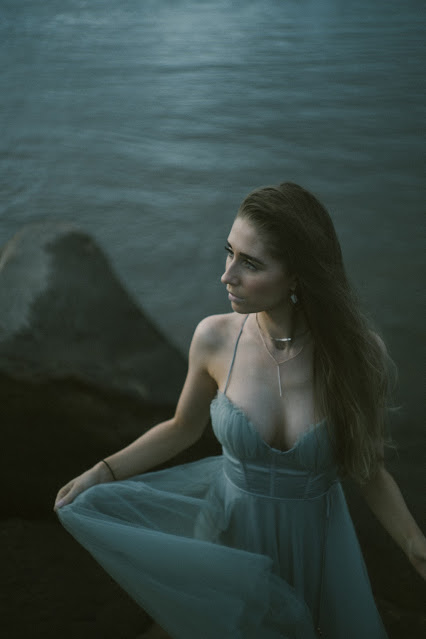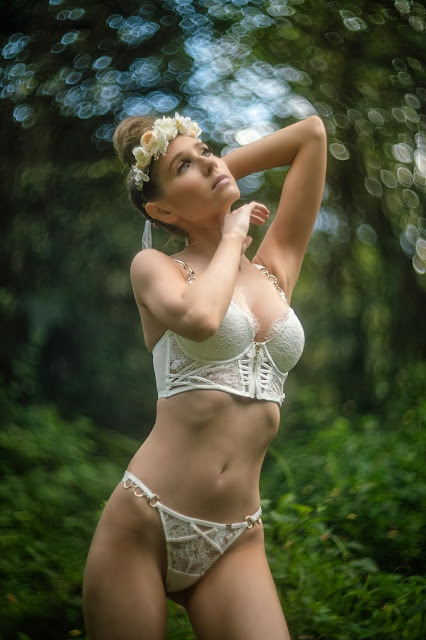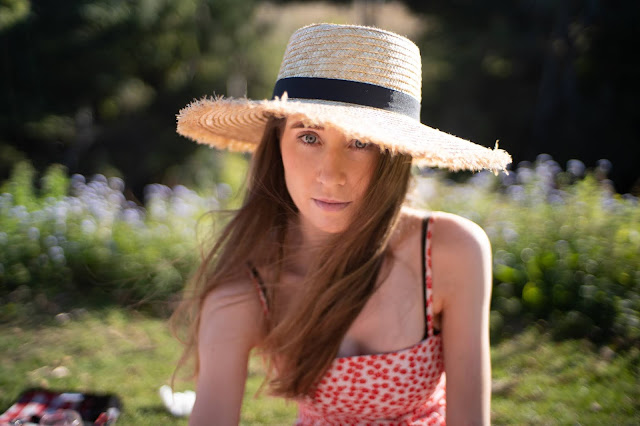Review of Voigtlander Heliar Classic 50mm f/1.5 VM [in progress]

The review of the Voigtlander Heliar Classic 50mm f1.5 is coming soon. - In the meantime, here are my early thoughts and sample images From my first look, this lens is absolutely dripping with character. The Heliar is not to be confused with the similarly spec'ed, but finely-corrected Voigtlander Nokton 50mm F1.5 mark II [a modified double-gauss design]. The Heliar lens design is based on a triplet lens design, but modified such that the inner and outer elements are replaced with doublets. In this new iteration by Voigtlander, all three elements have been replaced with doublets. It's single-coated, with an iridescent sheen resembling the 1950s KMZ Jupiter and Helios lenses. Build is phenomenal, with distinct half-stop clicks. Feels great. Expect glow, strongly outlined and defined bokeh balls, busy backgrounds, vignette, subtle swirl, and easy orange/magenta flares. The black and white images it produces are shockingly rich. Heliar 1.5/50mm on Sony A7c with Weidon M-to-E helic...

